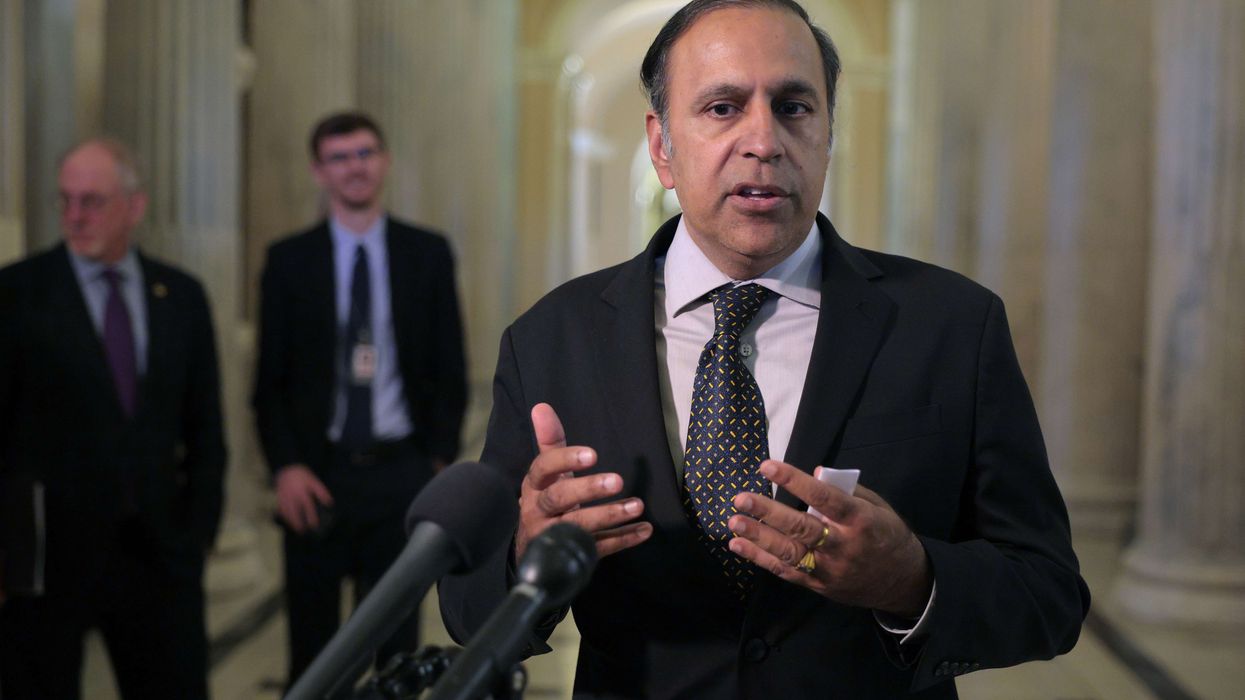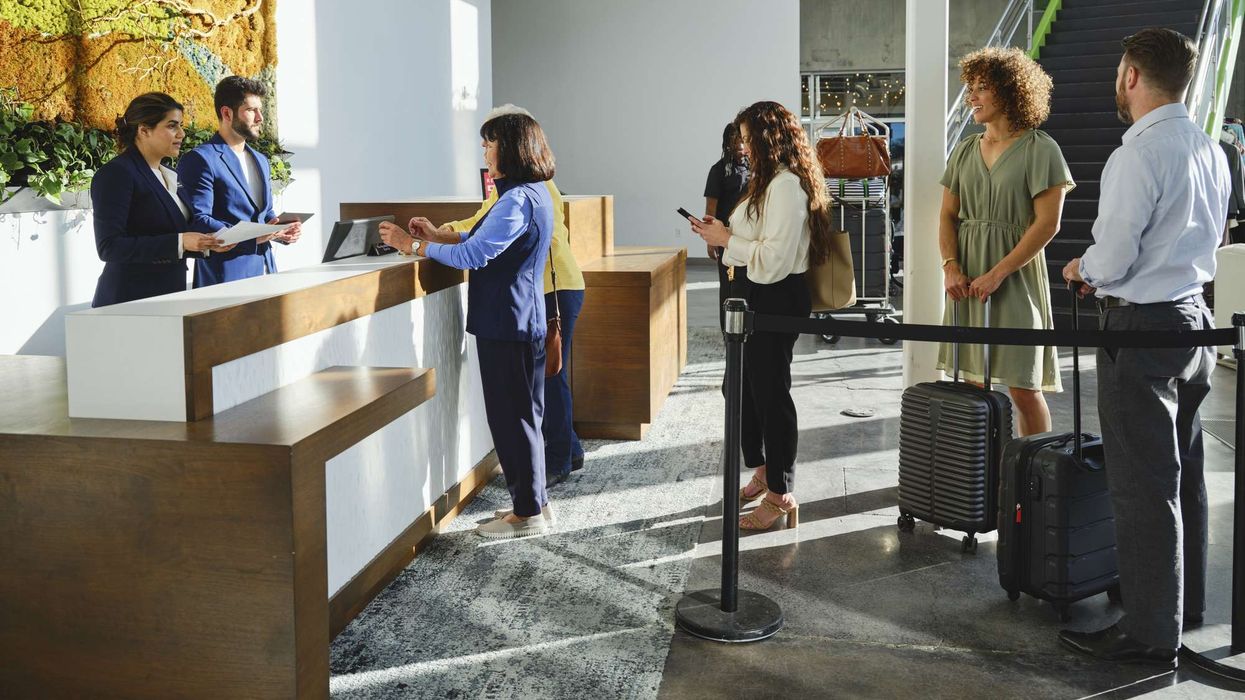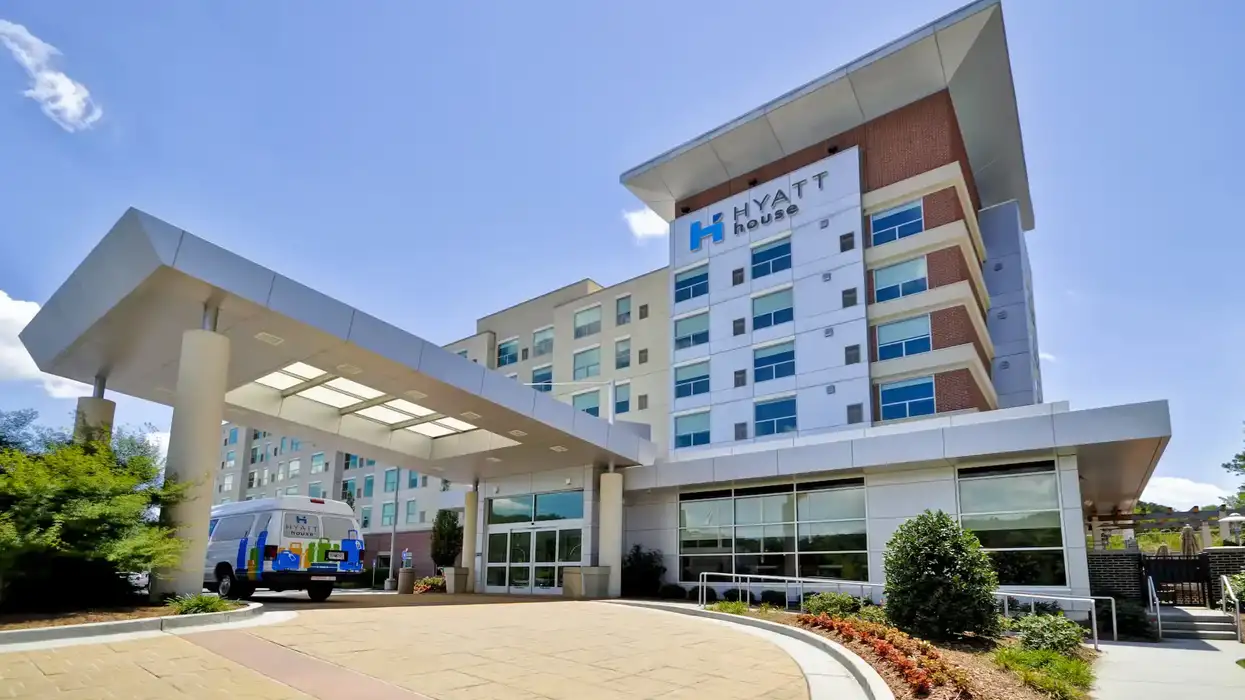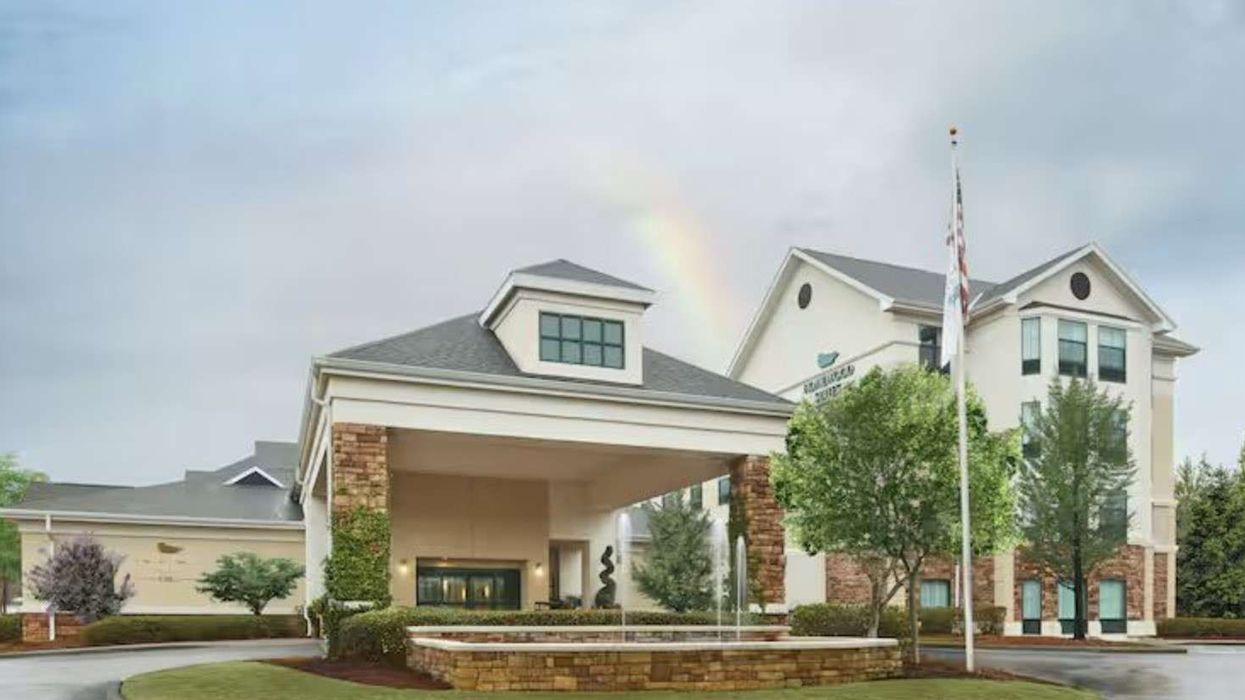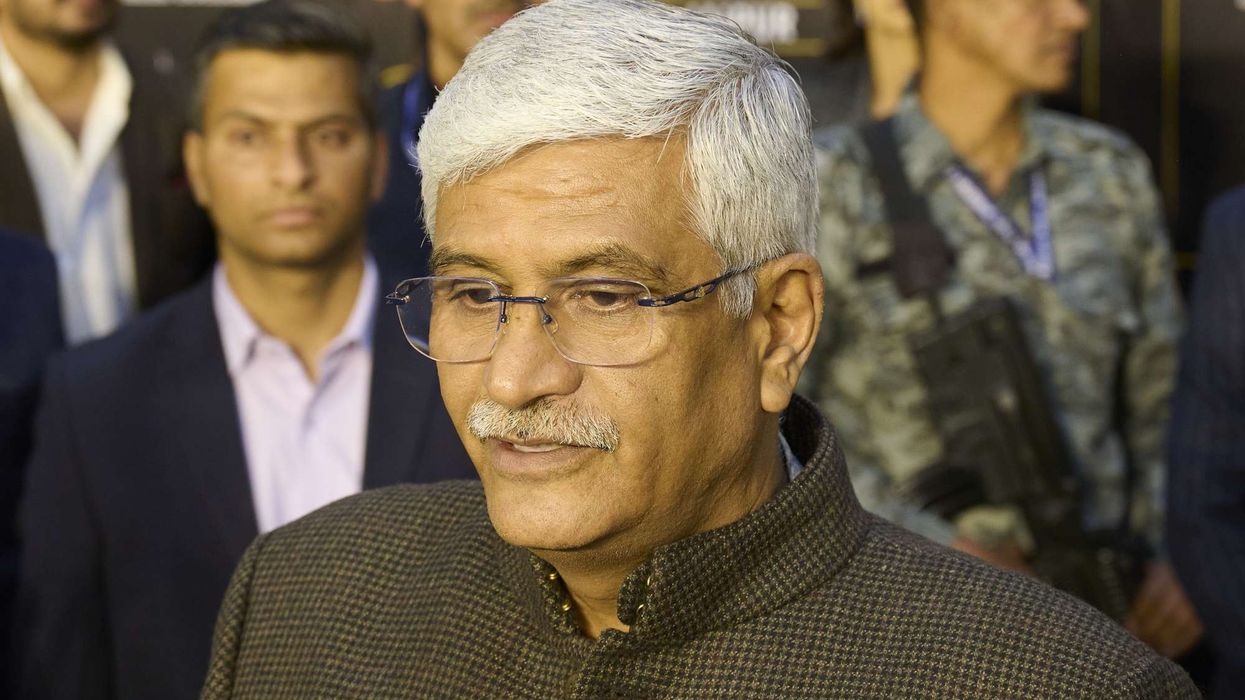A JANUARY TRADE mission to India will bring benefits to the California hospitality industry, said Bijal Patel, chairman of the California Hotel & Lodging Association. Now Patel is encouraging lodging associations in other states, and national organizations like AAHOA and the American Hotel & Lodging Association, to attend similar trips.
Patel was one of 15 officials on the trip sponsored by California Lt. Gov. Eleni Kounalakis and United Airlines, which had just launched new direct flights between San Francisco and New Delhi. Tourism promotion agency Visit California also participated in the delegation.
“They wanted to promote the new flights, they wanted to promoted tourism and trade between California and India,” Patel said. “It was significant because it was the first time really tourism [companies] rallied together as a whole to participate in something. Usually the hotel industry is on its own, the airline industry is on its own, we do things in parallel but separately.”
The delegation spent four days in India and participated in the Raisina Dialogue, a conference attended by the foreign ministers of countries including Australia, Russia, Iran, South Africa, Bhutan and Uzbekistan.
One of the immediate benefits of the trip was a deal between Visit California and the Producers Guild of India that provides incentives for filming in California for Indian movies and for television. For Patel, though, it’s all about promoting travel that benefits CHLA’s 3,000 members.
“In 2018, 350,000 Indians visited California and spent collectively $1.2 billion on our tourism industry,” Patel said. “We hope to increase that number to 450,000 by next year.”
The trip also is the first of many, he said.
“I think for many of us, we didn’t look at this as a sort of ceremonial one and done,” Patel said. “I think the opportunities here are endless in terms of how to continue and strengthen the partnership.”
Hospitality groups and associations in other states have participated in similar trips. In 2018, Houston Mayor Sylvester Turner partially funded a trade mission to India with revenue from the city’s hotel tax. Among the 13 delegates on that trip was Hasu Patel of Unity Hotels Group, president of the Small Independent Motel Owners Association and the Indo-American Political Action Committee.
Hasu Patel also helped organize last year’s “Howdy Modi” event in which Indian Prime Minister Narendra Modi spoke to them at Houston’s NRG Stadium. That event also came about as the result of a trade mission by Texas Gov. Greg Abbott.
Bijal said he encourages other associations to participate in other trade missions if they have a chance.
“When we’ve come back and seen the positive results of this, it is something I’d like to bring to AHLA and AAHOA,” he said. “Having a hospitality component to these trade and tourism delegations is extremely important. In the past, people haven’t realized the importance of hospitality. We’ve been in background, we haven’t been at the forefront. I think if we show the benefits of this trip and how successful it can be, I think it will change the mindset of how hospitality is viewed.”



